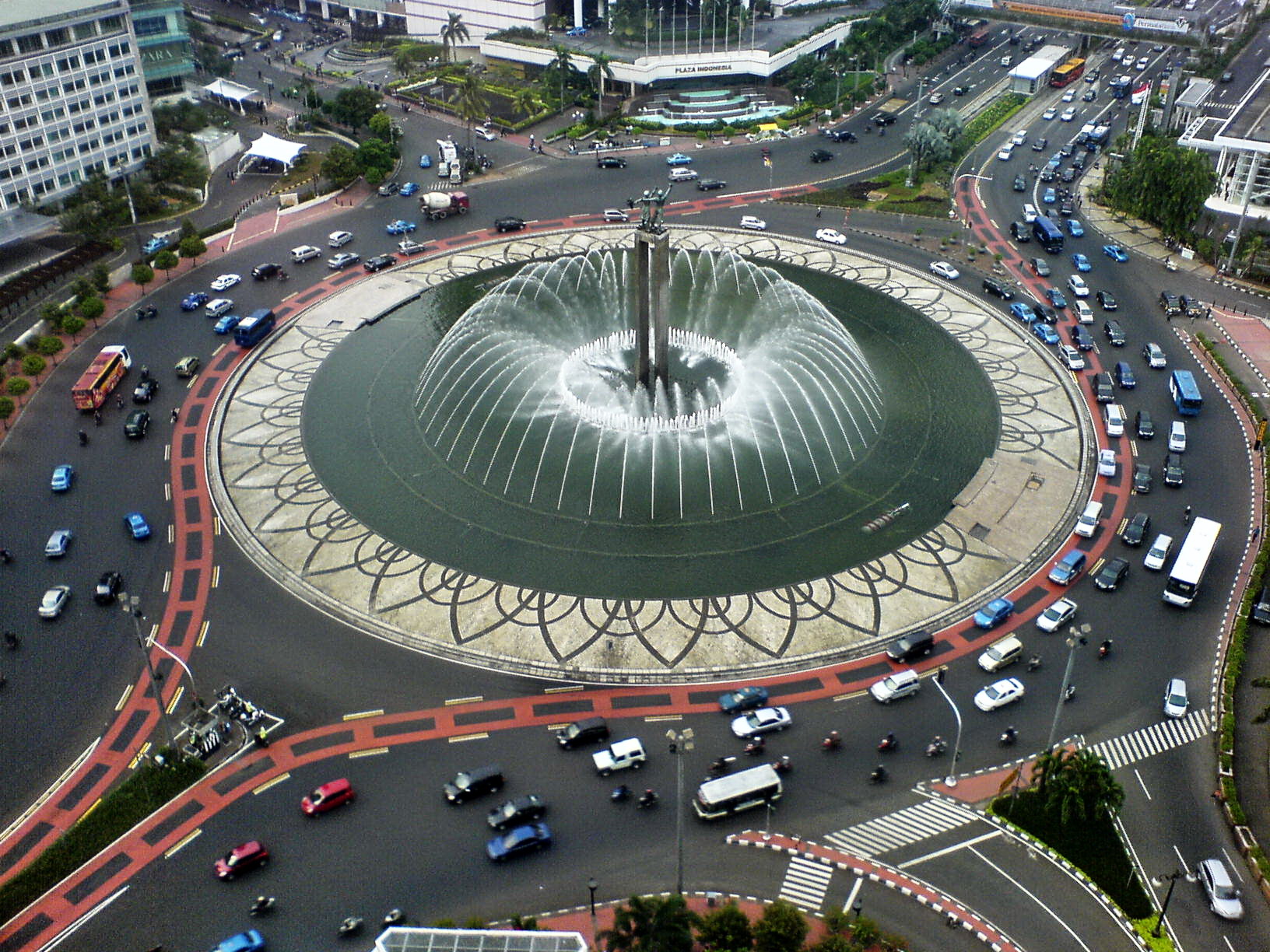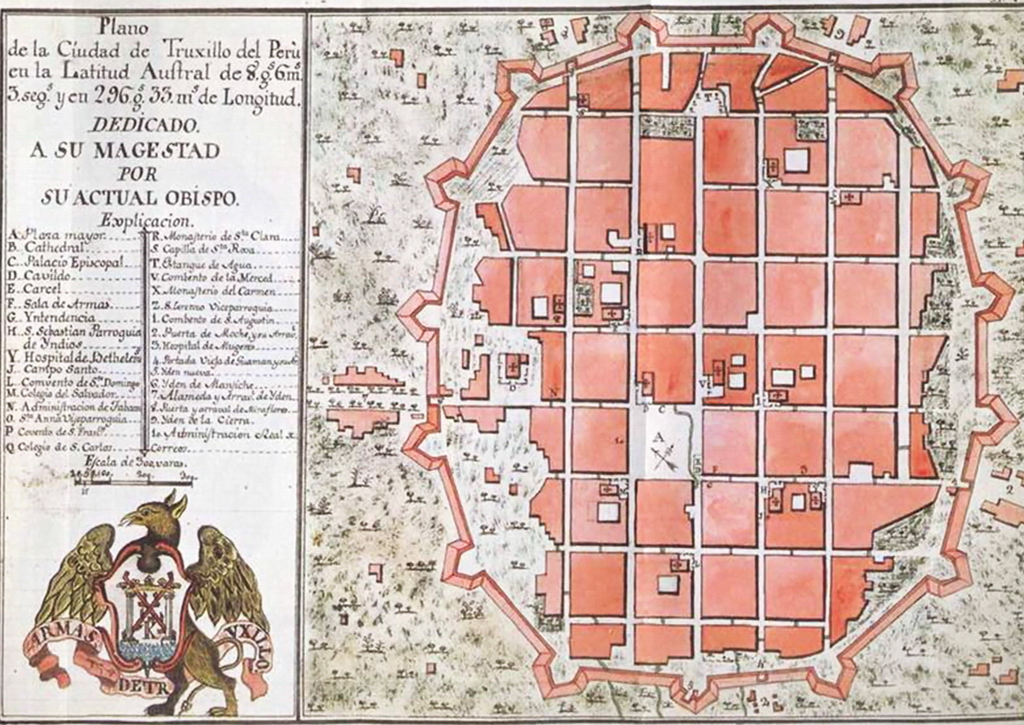|
Laredo, Trujillo
Laredo is the city capital of Laredo District located 9 km from Trujillo, in La Libertad Region, Peru. History The population of Laredo grew and the authorities asked President Alan Garcia to enact Law No. 25253, which was passed on June 19, 1990, giving Laredo the policy rank of a city, and extending its boundaries. Education * Technological Institute of Laredo, It provides education in careers of accounting, nursing and computer science. It is located in ''Los Laureles'' avenue of Laredo city. Economy The city is located in a valley with high agricultura production of sugar cane. Near the city is located the agro industrial company Sol de Laredo, which produces sugar and its derivates. Festivals * Carnival of Conache Tourism * Lake Conache, located close to the town Conache. See also * Trujillo * Trujillo Province * La Libertad Region * Laredo District * Lake Conache Lake Conache is located in the village of Conache, in Laredo District, near Trujillo in the ... [...More Info...] [...Related Items...] OR: [Wikipedia] [Google] [Baidu] |
Traffic Circle
A roundabout, a rotary and a traffic circle are types of circular intersection or junction in which road traffic is permitted to flow in one direction around a central island, and priority is typically given to traffic already in the junction.''The New Shorter Oxford English Dictionary,'' Volume 2, Clarendon Press, Oxford (1993), page 2632 In the United States, engineers use the term modern roundabout to refer to junctions installed after 1960 that incorporate design rules to increase safety. Compared to stop signs, traffic signals, and earlier forms of roundabouts, modern roundabouts reduce the likelihood and severity of collisions greatly by reducing traffic speeds through horizontal deflection and minimising T-bone and head-on collisions. Variations on the basic concept include integration with tram or train lines, two-way flow, higher speeds and many others. For pedestrians, traffic exiting the roundabout comes from one direction, instead of three, simplifying the p ... [...More Info...] [...Related Items...] OR: [Wikipedia] [Google] [Baidu] |
Trujillo, Peru
Trujillo (; ; Mochica language, Mochica: ''Cɥimor'') is a city in coastal northwestern Peru and the capital of the Department of La Libertad. It is the third most populous city and center of the List of metropolitan areas of Peru, third most populous metropolitan area of Peru. It is located on the banks of the Moche River, near its mouth at the Pacific Ocean, in the Moche Valley. This was a site of the great prehistoric Moche (culture), Moche and Chimu cultures before the Inca conquest and subsequent expansion. The Independence of Trujillo from Spain was proclaimed in the Historic Centre of Trujillo on December 29, 1820, and the city was honored in 1822 by the Congress of the Republic of Peru with the title "Meritorious City and Faithful to the Fatherland", for its role in the fight for Peruvian independence. Trujillo is the birthplace of Peru's judiciary. In 1823, Riva Agüero settled in Trujillo after being deposed, but his government lacked legal recognition, while the Cong ... [...More Info...] [...Related Items...] OR: [Wikipedia] [Google] [Baidu] |
Cities In The Department Of La Libertad
A city is a human settlement of a substantial size. The term "city" has different meanings around the world and in some places the settlement can be very small. Even where the term is limited to larger settlements, there is no universally agreed definition of the lower boundary for their size. In a narrower sense, a city can be defined as a permanent and Urban density, densely populated place with administratively defined boundaries whose members work primarily on non-agricultural tasks. Cities generally have extensive systems for housing, transportation, sanitation, Public utilities, utilities, land use, Manufacturing, production of goods, and communication. Their density facilitates interaction between people, government organisations, government organizations, and businesses, sometimes benefiting different parties in the process, such as improving the efficiency of goods and service distribution. Historically, city dwellers have been a small proportion of humanity overall, bu ... [...More Info...] [...Related Items...] OR: [Wikipedia] [Google] [Baidu] |
Conache
Conache is a peruvian town located in Laredo District about 14 km from Trujillo city in La Libertad Region. This is set in an ancient place, which belonged to the mochica culture in the pre-Inca era. This town has sandy lands, and is washed by the Moche River, allowing currently an agricultural and livestock acceptable level. It also has remains of the ancient agriculture, and paved channels, in the area called "The Devil's pocket." History The town is located in the valley of the river Moche with high agricultural production. In old times its ''huachaques'' (Moche irrigations) were well used by the Indians for livestock and for hydrobiological elements. In colonial times, the first conquerors and Hispanic settlers made of Conache an agricultural and food production. It was a production place for the emerging markets of Trujillo. Currently Conache belongs to Laredo district, and is located 7 km from the city of Laredo. Economy Conache today is a farming village, whe ... [...More Info...] [...Related Items...] OR: [Wikipedia] [Google] [Baidu] |
Lake Conache
Lake Conache is located in the village of Conache, in Laredo District, near Trujillo in the Peruvian region La Libertad. Description This lake has an area of approximately 9 hectares, and is close to the Pampas de San Juan, jurisdiction of the town called Santo Domingo in Laredo district. The lake is next to large dunes that are visited to practice Sandboarding (table sport on sand). In addition, near the lagoon Conache are extensive forests of carob presenting a variety of wildlife, and are visited by tourists; they are a complementary attraction of the lake, that It is visited for enjoy a swim, a boat ride a fish called tilapia Tilapia ( ) is the common name for nearly a hundred species of cichlid fish from the coelotilapine, coptodonine, heterotilapine, oreochromine, pelmatolapiine, and tilapiine tribes (formerly all were "Tilapiini"), with the economically mos .... Origin of the Lake Formerly, the Lake Conache was seasonal and periodically it was formed durin ... [...More Info...] [...Related Items...] OR: [Wikipedia] [Google] [Baidu] |
Carnival Of Conache
Carnival of Conache (''spanish:Carnaval de Conache''), is a festival held each year in the peruvian town of Conache, located nearby Trujillo city at southeast. It consists of several activities including the crowning of the queen, and a big celebration with the ancient drink called Chicha. Description The carnival is a costumbrist event and it has been held since the 16 years old, villagers performed a popular carnival festival in Conache, it consists of several events and activities including the crowning of the queen, the carnival party among others. Events The principal events are: *Sports for the carnaval it takes place a marathon. *Typical foods, one of the most requested is ''fried cuy''. *Presentation of the queen * Paso horses *Marinera dance *''Palo Cilulo'', the people dance around a tree decorated with presents and other carnival things, this tree is also called ''"unsha", "Yunza", "Corta monte", or "Umisha",'' and while the people dance around someone turns to cu ... [...More Info...] [...Related Items...] OR: [Wikipedia] [Google] [Baidu] |
Technological Institute Of Laredo
Technology is the application of conceptual knowledge to achieve practical goals, especially in a reproducible way. The word ''technology'' can also mean the products resulting from such efforts, including both tangible tools such as utensils or machines, and intangible ones such as software. Technology plays a critical role in science, engineering, and everyday life. Technological advancements have led to significant changes in society. The earliest known technology is the stone tool, used during prehistory, followed by the control of fire—which in turn contributed to the growth of the human brain and the development of language during the Ice Age, according to the cooking hypothesis. The invention of the wheel in the Bronze Age allowed greater travel and the creation of more complex machines. More recent technological inventions, including the printing press, telephone, and the Internet, have lowered barriers to communication and ushered in the knowledge economy. Whil ... [...More Info...] [...Related Items...] OR: [Wikipedia] [Google] [Baidu] |




